By Aljean Harmetz
April 7, 2014
Mickey Rooney, the exuberant entertainer who led a roller-coaster life — the world’s top box-office star at 19 as the irrepressible Andy Hardy, a bankrupt has-been in his 40s, a comeback kid on Broadway as he neared 60 — died on Sunday at his home in Los Angeles. He was 93.
His death was confirmed by his son Michael Joseph Rooney.
He stood only a few inches taller than five feet, but Mr. Rooney was larger and louder than life. From the moment he toddled onto a burlesque stage at 17 months to his movie debut at 6 to his career-crowning Broadway debut in “Sugar Babies” at 59, he did it all. He could act, sing, dance, play piano and drums, and before he was out of short pants he could cry on cue.
Mickey Rooney was born Joseph Yule Jr. in a Brooklyn tenement on Sept. 23, 1920. His mother, Nell Carter, danced in a burlesque chorus line. His father was a top banana, a lead comic, but only on second-rate circuits.
Sonny Yule as he was known, grew up in boardinghouses in a dozen towns, but he lived backstage and before he was 2 years old, onstage. His parents separated when he was 4, each of them taking $20 off the $40 they had saved.
For a year he had a normal childhood with his mother in Kansas City, Mo. Then she read in Variety that Hal Roach was looking for children for his Our Gang comedies. A few weeks later, the two of them left for Hollywood.
His mother turned down an offer from Roach’s assistant to try Sonny out at $5 a day. In vaudeville, one always waited for a better offer. But no second offer came. There were too many mothers eager for $5 a day.
It was back to Kansas City and then back again to Hollywood. Sonny got a job in a musical revue for $50 a week. “Marvelous for a five-year-old,” wrote the Los Angeles Times theater critic. A few months later he was Mickey McGuire at $250 for each “Toonerville Trolley” short. His professional name was changed to Mickey McGuire until the creator of the comic strip objected. But he kept the Mickey.
Nobody ever doubted his talent. Of his “all but unimprovable” performance in “National Velvet,” James Agee wrote, “He is an extremely wise and moving actor, and if I am ever again tempted to speak disrespectfully of him, that will be in anger over the unforgivable waste of a forceful yet subtle talent, proved capable of self-discipline and of the hardest roles that could be thrown it.”
In “Little Lord Fauntleroy,” “Captains Courageous” and “The Devil Is a Sissy” (1936), Mr. Rooney was a foil to MGM’s $2,500-a-week child star, Freddie Bartholomew. Decades after seeing “The Devil Is a Sissy,” the critic Walter Kerr remembered “a brief but instantly shocking moment.” Fifteen-year-old Mickey played a street urchin whose father was to be electrocuted that night. “Without warning, the street lights dimmed, just for a second or two,” Mr. Kerr wrote in The New York Times in 1979. “As Mr. Rooney glanced upward, the swift and silent realization, the ashen pain, that washed over his face and then was as hastily self-consciously erased was — most literally — staggering.”
By “Lord Jeff” (1938) Mr. Rooney and Mr. Bartholomew, playing delinquents in a naval reform school, had equal billing. In the last of their five movies together, “A Yank at Eton” (1942), Mr. Rooney was the star.
But MGM’s cleverest use of Mr. Rooney was teaming him with Judy Garland.
His enormous energy and her voice and vulnerability melted the screen in four musicals. That the plots were more or less the same did not matter. In “Babes in Arms,” they put on a show to raise money for their out-of-work parents. In “Strike Up the Band” (1940), they raised money for a high school band contest. In “Babes on Broadway” (1941), they wanted to send orphans on an excursion to the country. And in “Girl Crazy” (1943), the money their Wild West Rodeo raised saved their college. What really mattered were Mickey’s brash charm, Judy’s sincerity, and the songs by the Gershwin brothers, Rodgers and Hart, and others.
They were also teamed in three of the Andy Hardy movies and — before either of them was famous — in “Thoroughbreds Don’t Cry” (1937), as a jockey who is tricked into throwing a race and the girl who tries to help him.
Running to the Altar
Mr. Rooney was 21 when he married the 19-year-old starlet Ava Gardner in 1942. The studio fought the marriage and was equally upset at Mr. Rooney’s divorce a year later.
This was just the first chapter in what would be a long and tumultuous marital history. Mr. Rooney was divorced six times, and the divorce petitions all had similar complaints: He had a fiery temper, and he would leave home for days or even weeks at a time.
Drafted into the Army in 1944, Mr. Rooney met Betty Jane Rase, an Alabama beauty queen, at a party. “Sometime after the seventh bourbon or maybe the seventeenth,” Mr. Rooney wrote in “Life Is Too Short,” “I asked Miss Birmingham if she’d like to become Mrs. Mickey Rooney, and she said yes.”
They divorced in 1949. His third marriage, to the actress Martha Vickers, who had played Lauren Bacall’s nymphomaniac sister in “The Big Sleep,” lasted three years. His fourth wife was another beauty queen, Elaine Mahnken, who later recalled, “While they were dunning him for bills, he’d be out buying two new Jaguars.”
She handled the finances and brought Mr. Rooney to the brink of solvency. He rewarded her by going to Las Vegas and losing $50,000.
His fifth marriage, to Barbara Thomason, an aspiring actress, ended tragically. When Mr. Rooney declared bankruptcy in 1962, soon after the birth of their third child, he had $500 in cash and almost $500,000 in debts, and he owed $100,000 in delinquent taxes. The I.R.S. gave him an allowance of $200 a month, so he borrowed money to play the ponies. A month after they separated in December 1965 and began a messy custody battle, Barbara Thomason Rooney was shot to death by a jealous lover, Milos Milosevic, who then used the same gun to kill himself.
By then, Mr. Rooney’s career was at low tide. As he grew older and wider, the pugnacious cockiness that had been charming when Andy Hardy sipped sodas with Judy Garland, Lana Turner, Ann Rutherford, or Esther Williams in the Carvel drugstore seemed rancid. He drank too much and was addicted to sleeping pills. In December 1959, after he had apparently had a few drinks too many, Mr. Rooney made a fool of himself on “The Tonight Show”; the audience applauded when the host, Jack Paar, asked him to leave.
He could still be an electrifying actor, and often was, especially on television.
He inherited the title role in “The Comedian,” written by Rod Serling, on “Playhouse 90” in 1957 because a half-dozen other actors had refused to play a lecherous, vicious, and greedy comedian. The role won him his first Emmy nomination.
But he took virtually every part he was offered in those years, and he was most often seen mugging his way through bad movies. He replaced Donald O’Connor in the last of a series about a talking mule, “Francis in the Haunted House” (1956). In “Everything’s Ducky” (1961), one of his co-stars was a talking duck. In “The Private Lives of Adam and Eve” (1960), a low-budget oddity for which he shared director credit with Albert Zugsmith, he played the Devil in an extended dream sequence.
He was a manic advertising executive in search of sex symbols in “How to Stuff a Wild Bikini” (1965), a beach-party movie of which The Times critic Howard Thompson observed that anybody expecting the worst would not be disappointed.
The Spotlight Returns
Things began turning around for Mr. Rooney in the 1970s. He stopped drinking and became a born-again Christian. In 1978, after two more marriages and divorces, he married Jan Chamberlin, a country singer whom he met through his son Mickey Jr. Their marriage, his eighth and last, brought stability to his life. And a return to stardom was just around the corner.
It took a year to put together the boisterous and proudly old-fashioned burlesque-style revue “Sugar Babies,” in which Mr. Rooney’s co-star was the former MGM hoofer Ann Miller. It was his Broadway debut.
Mr. Rooney fought over every skit and argued over every song and almost always got things done his way. The show opened on Broadway on Oct. 8, 1979, to rapturous reviews, and this time he did not throw success away.
“Sugar Babies” ran for three years. Mr. Rooney’s performance earned him a Tony nomination. A road company with Carol Channing and Robert Morse was not a success — audiences wanted only one top banana, Mickey Rooney — so he spent four more years on the road with the show.
In 1983, Mr. Rooney was given an honorary Academy Award “in recognition of his 60 years of versatility in a variety of film performances.”
He continued performing until the end. He had roles in “Night at the Museum” (2006), “The Muppets” (2011), and other movies and at his death was working on two movies, “The Strange Case of Dr. Jekyll and Mr. Hyde” and “Night at the Museum 3.” In 2007 he and Ms. Chamberlin began touring in a “one man, one wife” show with the nostalgic title “Let’s Put On a Show.”
In Mr. Rooney’s later years, his life became tumultuous once again. In 2011 he obtained a restraining order against his stepson Christopher Aber and Mr. Aber’s wife, Christina, charging them with withholding food and medicine and forcing him to sign over his assets. He repeated his allegations in Washington before the Senate Special Committee on Aging. He later filed suit against them; the suit was settled last year, with the Abers agreeing that they owed Mr. Rooney $2.8 million.
In addition to Ms. Chamberlin, from whom he was separated, his son Michael, from his marriage to Ms. Thomason, and Mr. Aber, Mr. Rooney’s survivors include three other sons, Mickey Jr. (from his marriage to Ms. Rase), Theodore (from his marriage to Ms. Vickers) and Jimmy (from his marriage to Carolyn Hockett); four daughters, Kelly Ann, Kerry and Kimmy Sue Rooney (from his marriage to Ms. Thomason) and Jonelle Rooney (from his marriage to Ms. Hockett); and another stepson, Mark Aber. His son Tim died in 2006. For all the ups and downs of Mr. Rooney’s life and career, there was one constant: his love of performing. “Growing up in vaudeville,” he once said, “made me cognizant of the need to have fun at what you’re doing. You can’t get it done well without it being fun. And I’ve never felt that what I do is ‘work.’ ”
ADVERTISEMENT
BY
Looking for more information?
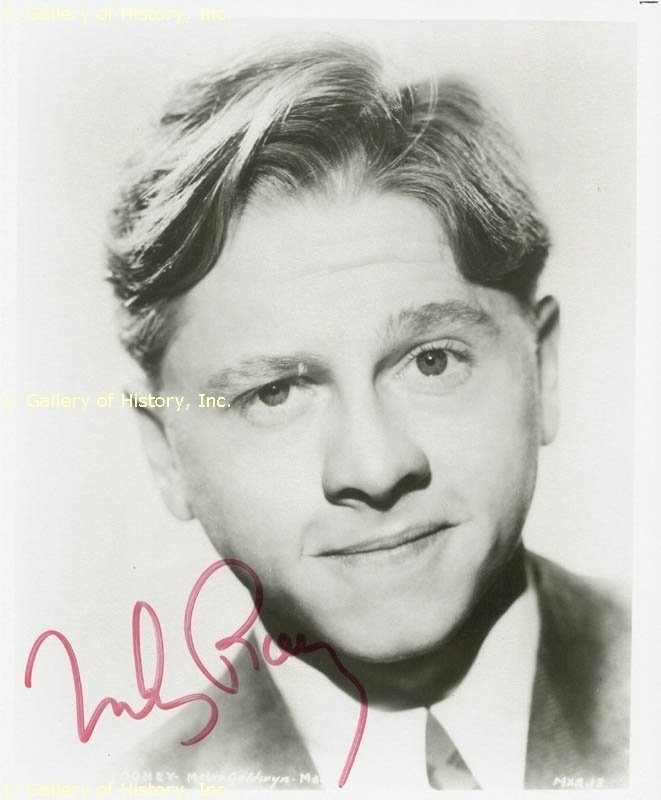
 Amanda S. Stevenson
Amanda S. Stevenson 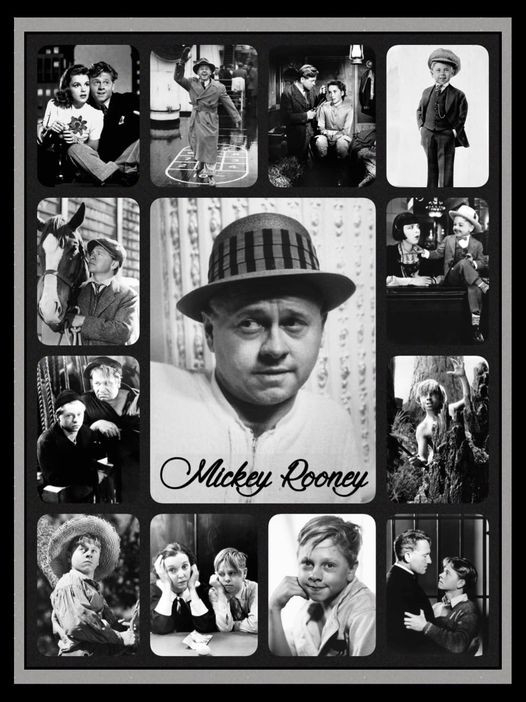
 Amanda S. Stevenson
Amanda S. Stevenson 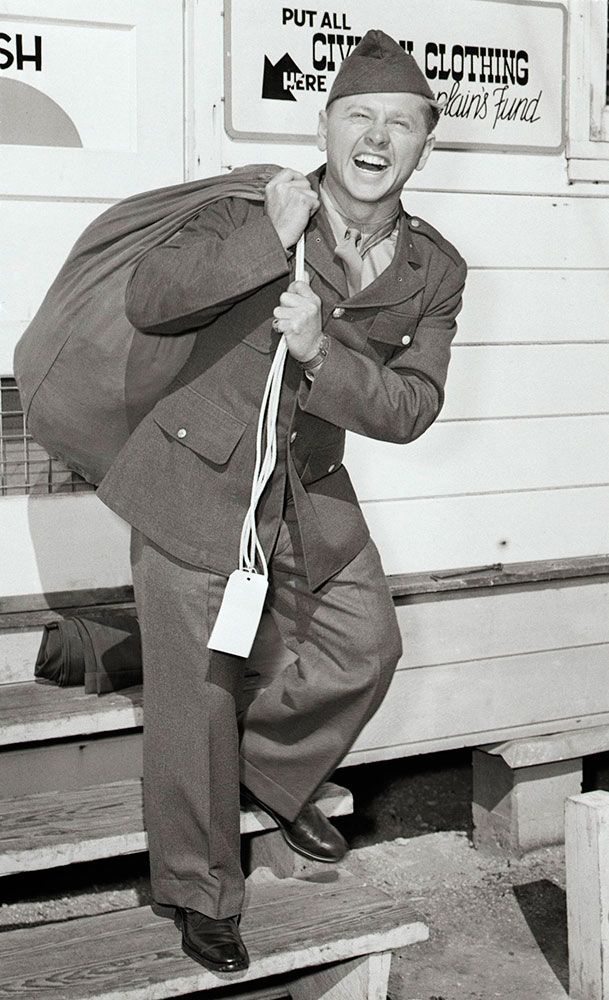
 Amanda S. Stevenson
Amanda S. Stevenson 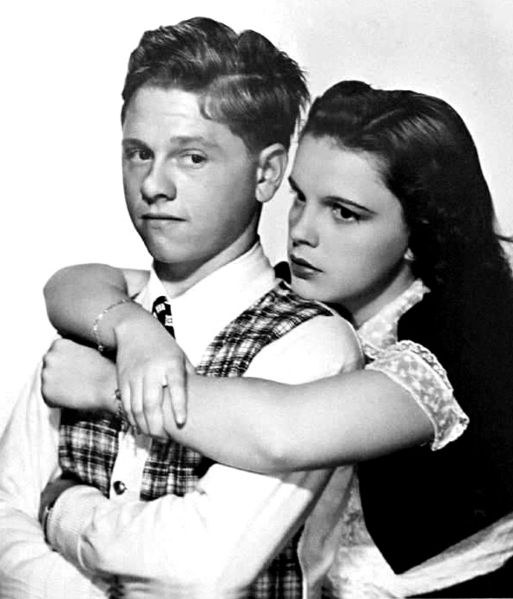
 Kathy Pinna
Kathy Pinna 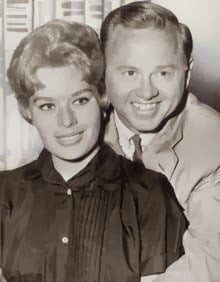
 Kathy Pinna
Kathy Pinna 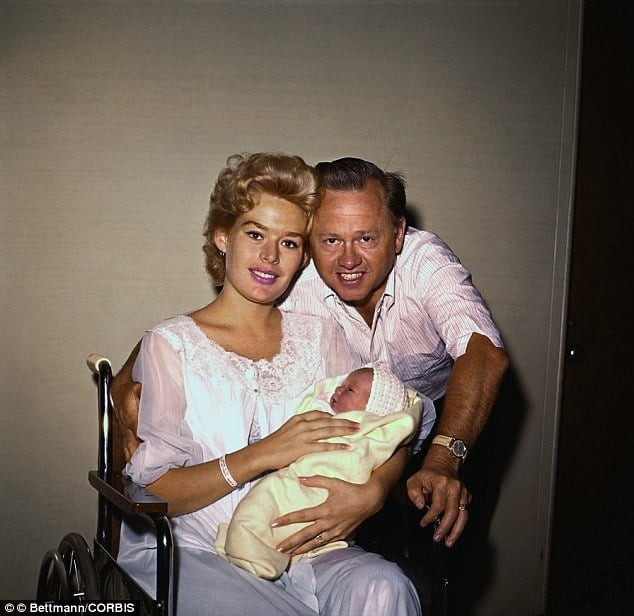
 Kathy Pinna
Kathy Pinna 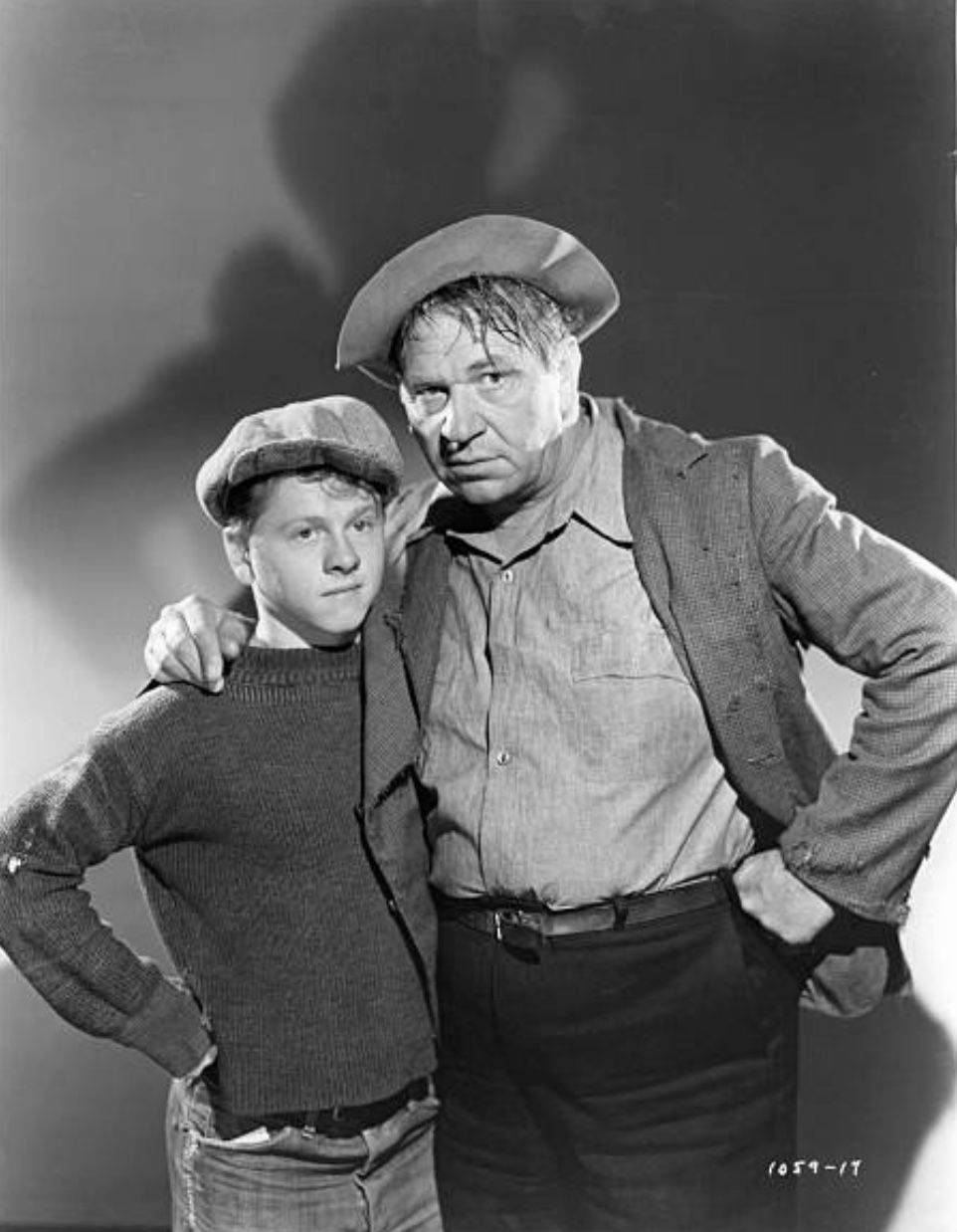
 Amanda S. Stevenson
Amanda S. Stevenson 
 Amanda S. Stevenson
Amanda S. Stevenson 
 Amanda S. Stevenson
Amanda S. Stevenson 
 Amanda S. Stevenson
Amanda S. Stevenson 